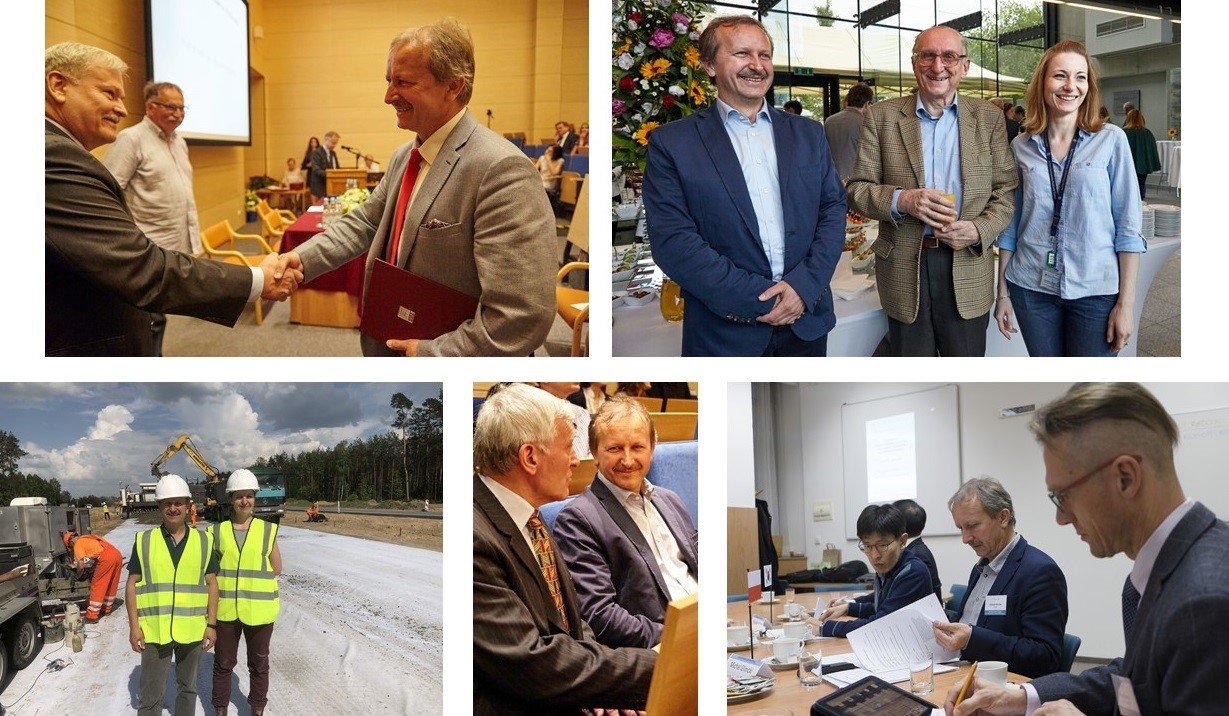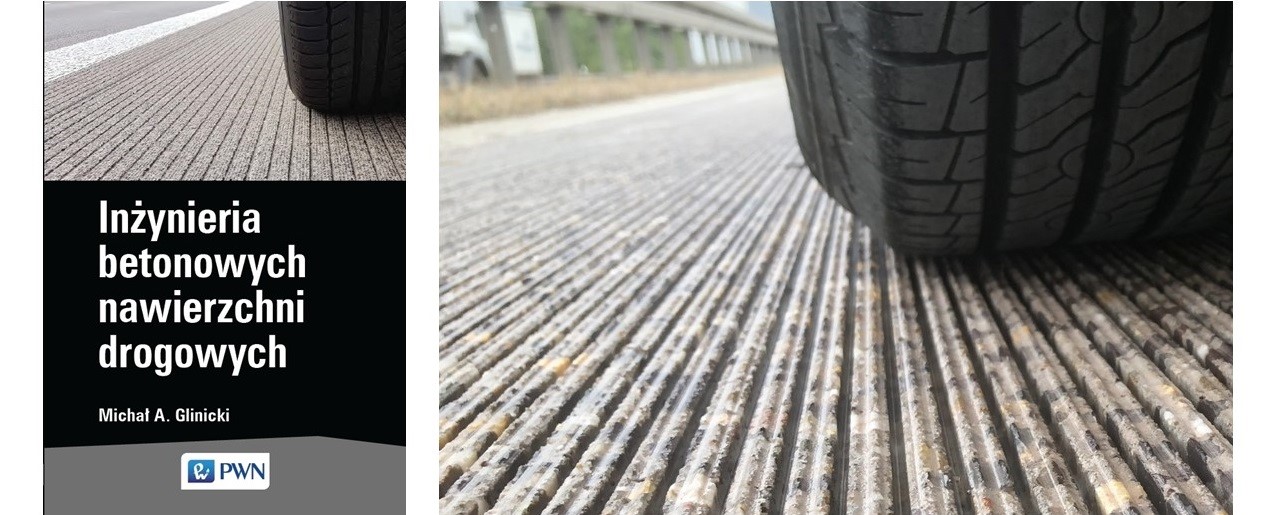Prof. Michał A. Glinicki has been awarded by the Minister of Economic Development, Labour and Technology for his book on engineering of concrete roads, "Inżynieria betonowych nawierzchni drogowych" ("Concrete highway pavement engineering"), published by Wydawnictwo Naukowe PWN.
Prof. Michał A. Glinicki is a world-class expert in the field of engineering structural materials, especially cement composites designed for applications in power plants and road engineering constructions.
Michał A. Glinicki received the official title of Professor from the President of Poland in 2013. At present, he heads the Division of Strain Fields at the Department of Experimental Mechanics, IPPT PAN. He is also a renowned court appointed expert and consultant for the road construction administration. He authored many expert evaluations, technical guidelines, methods of quality control implemented in road construction. Simultaneously, he is the editor-in-chief of “Roads and Bridges-Drogi i Mosty” and member of technical committees of the RILEM international organization which creates innovative solutions for building materials and structures.

In his scientific monograph "Inżynieria betonowych nawierzchni drogowych", prof. Michał A. Glinicki presents a synthetic approach to knowledge which concerns the engineering of construction materials applied for building surfaces of roads and highways. He discusses issues concerning designing the structures and materials and explains the technology of building concrete surfaces, offering many illustrations of materials solutions accompanied by physical-chemical background of their designs. The book is, to a large extent, a record of professor’s original lecture cycle given as a visiting professor to MSc and PhD students of the Purdue University in West Lafayette, USA.
The content of the book has been adapted to the Polish reader as regards the current state of knowledge and technology in the country, while leaving many references to foreign solutions.
The unique approach to concrete pavement engineering lies in a combination of structural design with materials design, taking into account operational and environmental actions and the chemical aggression phenomena. The principles and methods of concrete design as a multiphase material with increased functional durability are presented. The relationships between the physico-chemical properties of concrete components, the processes of cement hydration, the phenomena of moisture and heat transport, and the phenomena of concrete degradation with pavement exploitation time are discussed. Technological conditions for the pavement construction using a highly efficient slip-form method with the upper layer texturing at the accuracy of the order of a fraction of a millimeter are presented. The use of advanced measurement and diagnostic techniques to ensure the quality of the pavement construction process has been illustrated with examples from national expressway construction sites.

The sandwich structure of concrete road pavements guarantees their fatigue load capacity and long service life, suitable for intensive traffic of heavy vehicles. This allows for avoiding frequent road closures and repairs. Concrete pavements with improved evenness turn out to be more durable, have lower operating costs and show lower travel costs. They offer road users greater travel comfort. The improvement of the evenness cannot, however, take place at the expense of the speed of water drainage from under the tires and the skidding resistance. The improved evenness and optimized macrotexture favorably reduce the road noise. The current state of knowledge and technology presented in the book by prof. Michał Glinicki allows for the construction of high-quality concrete pavements in all of the above-mentioned respects.















